Lighthouse for the Blind – Saint Louis Helps People Survive Earthquakes, Hurricanes, Tornadoes & Other Disasters
By Jeff Dunlap
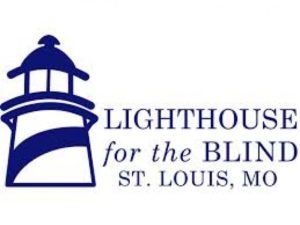
Lighthouse for the Blind-Saint Louis, a not-for-profit entity also known as LHB Industries, Inc., is one of the nation’s top providers of emergency preparedness kits to help people survive earthquakes, hurricanes, tornadoes, blizzards, floods, terrorist attacks and building lock-downs.
Unlike many nonprofit entities, the Lighthouse is acting like a for-profit company to advance its charitable social services mission. It is an excellent example of a nonprofit functioning like a for-profit enterprise to advance meaningful social services programs.

LHB’s survival kit brand is Quake Kare. Its products number more than 100 custom- and pre-packed survival kits. But that’s not all.
The 48 legally blind employees at LHB plants in Overland and Berkeley, Missouri, outside St. Louis, also produce medical kits; catheters; aerosol and liquid paints; aerosol and liquid cleaners; adhesives; eco-friendly products; and others for business, consumer, government and military customers nationwide.
The Lighthouse also offers two additional commercial product lines that are sold to consumers and businesses nationwide via retailers and LHB websites.
One is the Tear Mender brand of non-toxic, all-natural adhesive and sealants for repairing clothing, fabrics, footwear, leather, upholstery, vinyl and other items for indoor and outdoor use. The other is RapidFix, a premium line of industrial and consumer bonding products that repair damaged items that include rubber, glass, copper, aluminum, steel and most plastics.
Founded in 1933, LHB is a 501(c)3 organization that helps people who are visually impaired maintain dignity and independence by offering employment, education and support services.
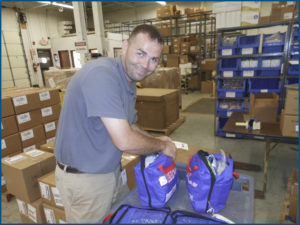
All sales revenues from Quake Kare, RapidFix, Tear Mender and other LHB brands directly support LHB’s 16 different Blind Community Outreach Programs. These “See the Future” programs serve children and adults who are legally blind in Missouri and Southwestern Illinois.
[wpgfxm_contentbox width=”75%” bg_color=”#D2B4DE” b_color=”#050C42″ style=”double” top=”1px” right=”none” bottom=”1px” left=”none” radius=”0px”] Click here to Get a FREE Digital Subscription to PREPARE Magazine! [/wpgfxm_contentbox]
Supporting Nonprofit Mission
John Thompson, LHB president, says, “Many non-profit organizations felt the impact of economic recession a few years ago and government sequestration. We chose to boost our commercial business to offset losses from government and military contracts by evaluating potential acquisitions of established for-profit companies whose operations would be a good fit for us and create revenues to support our non-profit mission. Our acquisitions are helping us achieve that goal.”
LHB has been generating more revenues, sustaining employment and enhancing community services since its February 2014 purchase of the emergency survival kit production company Quake Kare, which was originally based in California until LHB acquired and moved the company to St. Louis.
Then, in June, 2015, LHB acquired all assets of Val-A Chicago, Inc., the family-owned producer of Tear Mender products since 1932.
In August 2017, LHB bought the RapidFix brand of adhesives from Boss Products USA, LLC, of Norton Shores, Michigan. Boss Products USA had begun selling RapidFix products nationally and internationally in 2008.
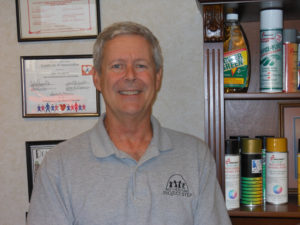 “Like for-profit businesses that want to be successful, not-for-profit organizations must operate strategically and efficiently to sustain their mission,” Thompson says.
“Like for-profit businesses that want to be successful, not-for-profit organizations must operate strategically and efficiently to sustain their mission,” Thompson says.
“Our acquisition and integration of Quake Kare, RapidFix and Tear Mender are natural expansions of LHB manufacturing operations because kit and product assembly are our core competencies,” he says.
“We are very proud of our skilled employees in both of our production plants, and we are proud of our mission-specific staff members who develop, sustain and provide our meaningful programs for the blind community in Missouri and Illinois.”
Brian Houser, LHB’s director of sales and marketing, explains, “Quake Kare has been busy since we unloaded a fleet of semi-trucks with Quake Kare inventory in St. Louis in 2014. The same applies since we acquired the Tear Mender and RapidFix assets.
“With Quake Kare, our sales spike whenever an earthquake, serious flood or destructive tornado occurs. Our phone lines ring whenever disaster happens,” Houser says.
“As a not-for-profit organization we do not want to profit from disaster,” Houser asserts. “But Quake Kare survival kit sales do increase during National Preparedness Month and whenever there is a major hurricane, earthquake, tornado, terrorist act or mass shooting,” he says.
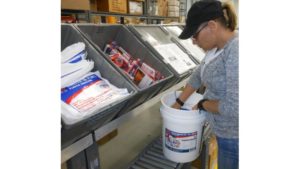
“LHB currently employs 48 people who are legally blind in two manufacturing plants in St. Louis County to assemble, pack and ship Quake Kare survival kits and other products to customers nationwide. And every penny of Quake Kare product sales revenue directly supports Lighthouse service programs.”
“We are proud to provide more than 100 different survival kit products and equipment to help people survive virtually any disaster situation,” Houser says.
“We donated 36,000 emergency water pouches to Hurricane Harvey relief efforts,” he adds. “The 36,000 pouches provided life-sustaining amounts of water for 6,000 people for three days after we shipped them to Food Bank Corpus Christi for distribution to relief efforts in the area.”
“Government research shows that many families, schools and businesses are not prepared to deal with disaster, and many don’t have a disaster plan in place,” Houser continues. “In today’s uncertain environment, it is crucial for people to plan for emergencies to help save lives.”
“We advise people in all walks of life to follow these steps for emergency preparedness”:
- Acquire emergency survival kits and supplies for homes, offices and vehicles, including for children and pets.
- Develop emergency preparedness plans based upon different disaster scenarios – and practice them.
- Stay informed about disaster preparedness news and updates by following media reports.
Here’s one example of many Quake Kare products:
Quake Kare’s ER™ Emergency Ready Two Person Tornado/Hurricane Survival Kit contains essential, lifesaving items necessary to sustain two individuals for three days in the event of home evacuation or needs for she
lter-in-place following a devastating tornado or hurricane.
Packaged in a portable, water-resistant six-gallon container, “this kit contains effectiveand reliable survival food, water, lighting, radio/communication, first-aid, sanitation and shelter supplies to help people survive man-made and natural catastrophes,” Houser says.
“Its contents also include a solar/hand-crank powered flashlight, NOAA weather band radio and USB device charger for charging smartphones and other USB devices so disaster victims can stay in touch with loved ones,” he notes.
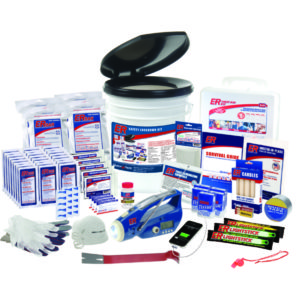
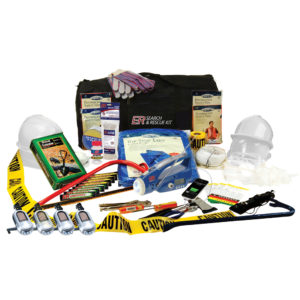
[wpgfxm_contentbox width=”75%” bg_color=”#D2B4DE” b_color=”#050C42″ style=”double” top=”1px” right=”none” bottom=”1px” left=”none” radius=”0px”] Click here to Get a FREE Digital Subscription to PREPARE Magazine! [/wpgfxm_contentbox]
Transitioning Acquisitions
Establishing Quake Kare kit assembly, manufacturing and shipping operations at LHB required some investment in new equipment.
LHB Vice President of Manufacturing Clint Cruse, says, “We augmented our packaging line and warehouse operations with new equipment to streamline order fulfillment, and engaged a consulting process engineer to assist in retrofitting our headquarters plant to handle ‘just-in-time’ product packaging operations.”
LHB established an assembly line with roller conveyors that enable components of various survival kits to move easily from station to station during assembly. Marked bins hold kit components, and any common elements of these are positioned close together to minimize movement.
Houser says, “More shelves were added to the warehouse to accommodate Quake Kare inventory and we maintain an organized workflow for building kits and handling fulfillment orders.”
“Many of our employees are visually impaired,” Houser continues, “and there has been a learning curve for all involved.”
“We do not believe a person who is visually impaired is a liability, but an asset. With training and adaptive technology—such as magnifiers, CCTVs, JAWS, computer screen reader programs and Zoomtext—a person who is visually impaired can easily become a productive employee.”
New employees learn how to navigate LHB facilities by shadowing a blind veteran employee, and all undergo mobility training before navigating on their own,” Houser says.
In addition, LHB has adapted the assembly plant environment and equipment to ensure worker safety and ease of operational efficiencies. Here are a few of many adaptations:
•Cameras are installed on labeling machines so a legally blind person can see inside the machine to place labels correctly, or see misalignment, damage or other issues;
•Machine-guarding safety rails have been added or upgraded;
•The packaging system was retrofitted and bolts were replaced with hand knobs so employees who are visually impaired can make adjustments without using wrenches;
•An “audio scale” for weighing materials enables employees who are legally blind to hear weight and count information rather than relying on a digital screen;
•A portable closed-circuit TV system enlarges printed material for visually impaired employees so they can better see work instructions.
•Assembly line fixtures have touch-sensitive centerlines and alignment features;
•Windows near ceilings add natural light so workers have better visual acuity. High-intensity lights also are used to show contrast and better visual acuity; and…
• Building aisles and exits are installed with grid plate materials for visually impaired employees to feel with their canes and feet to safely maneuver throughout the plant.
John Thompson points out, “More than 70% of people who are blind in the U.S. are unemployed. When hired for a job, they typically become very devoted employees as they are thankful for the opportunity to work, earn money and to be considered an asset for an organization. Absenteeism and employee turnover are extremely low.
“National Industries for the Blind conducted an analysis of this subject and determined that, for every dollar the federal government spends on supplies and services through an agency such as the Lighthouse, $3.33 is returned to the Federal government via decreased transfer payments such as Medicaid and Social Security, and increased income and FICA taxes, thereby saving taxpayers money while fulfilling an important social service mission.”
For information about Lighthouse for the Blind-Saint Louis and its many useful products, please call 800.542.3697 or 314.423.4333, or see the website http://www.lhbindustries.com.
[wpgfxm_contentbox width=”75%” bg_color=”#D2B4DE” b_color=”#050C42″ style=”double” top=”1px” right=”none” bottom=”1px” left=”none” radius=”0px”] Click here to Get a FREE Digital Subscription to PREPARE Magazine! [/wpgfxm_contentbox]


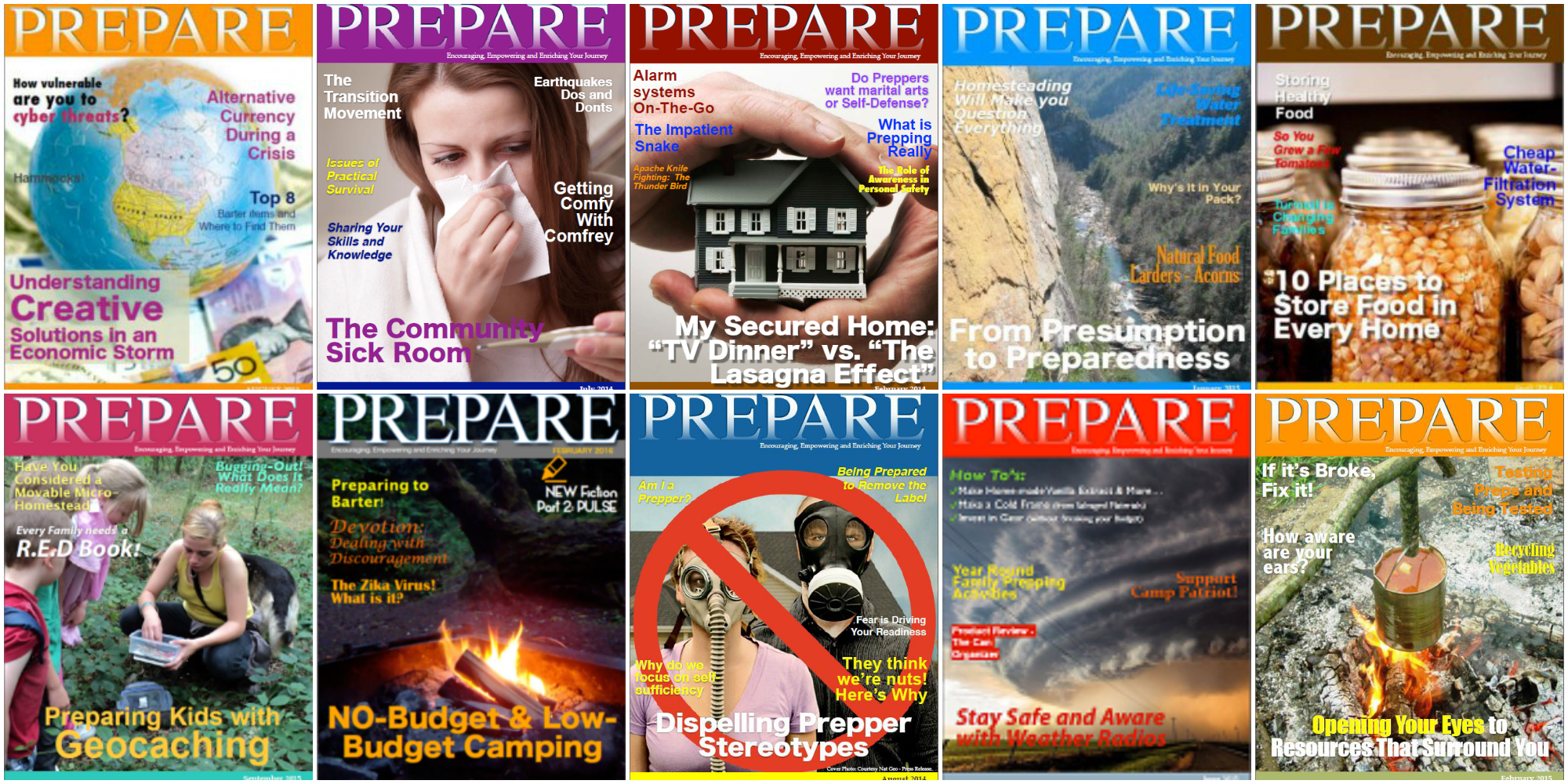

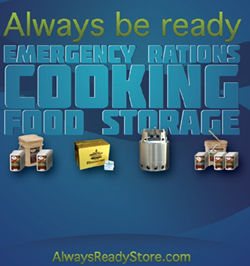

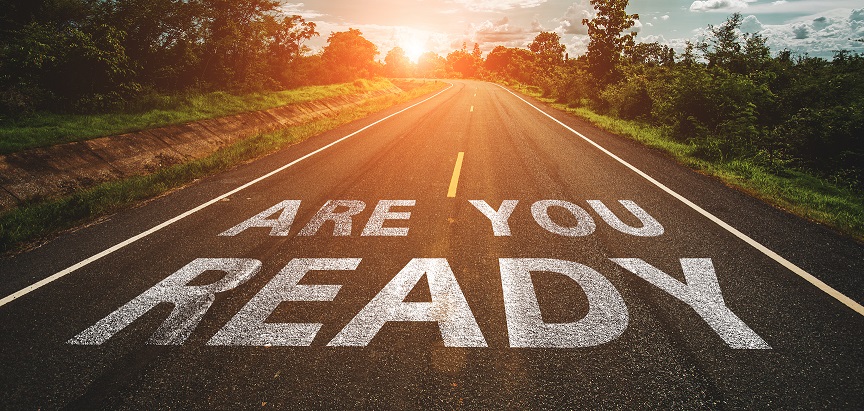
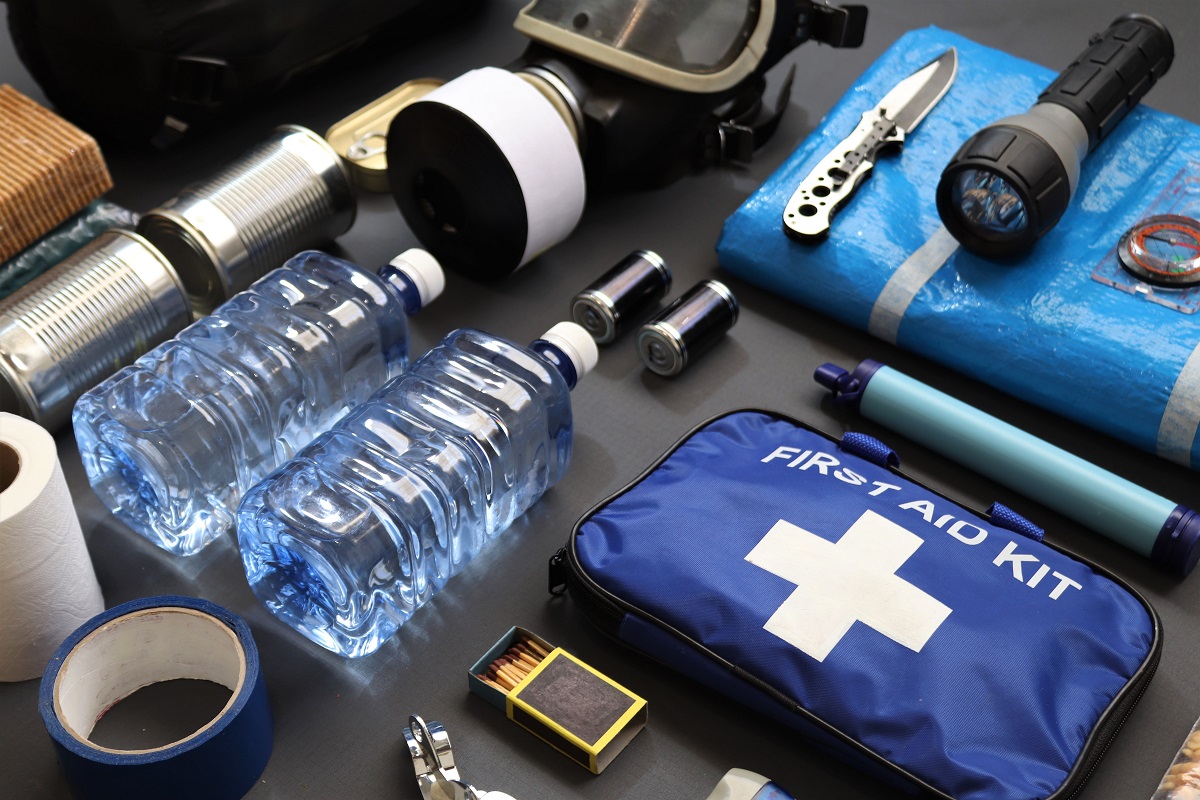
I wrote a similar note on FB (https://www.facebook.com/PrepareMagazine/) but Bill and I just wanted to say thank you for this great article. We knew of Quake Kare when it was in CA many years ago but didn’t realize LHB acquired them and others to complement their business model, programs and initiatives. We will definitely be sharing this and thank you LHB for all you do.